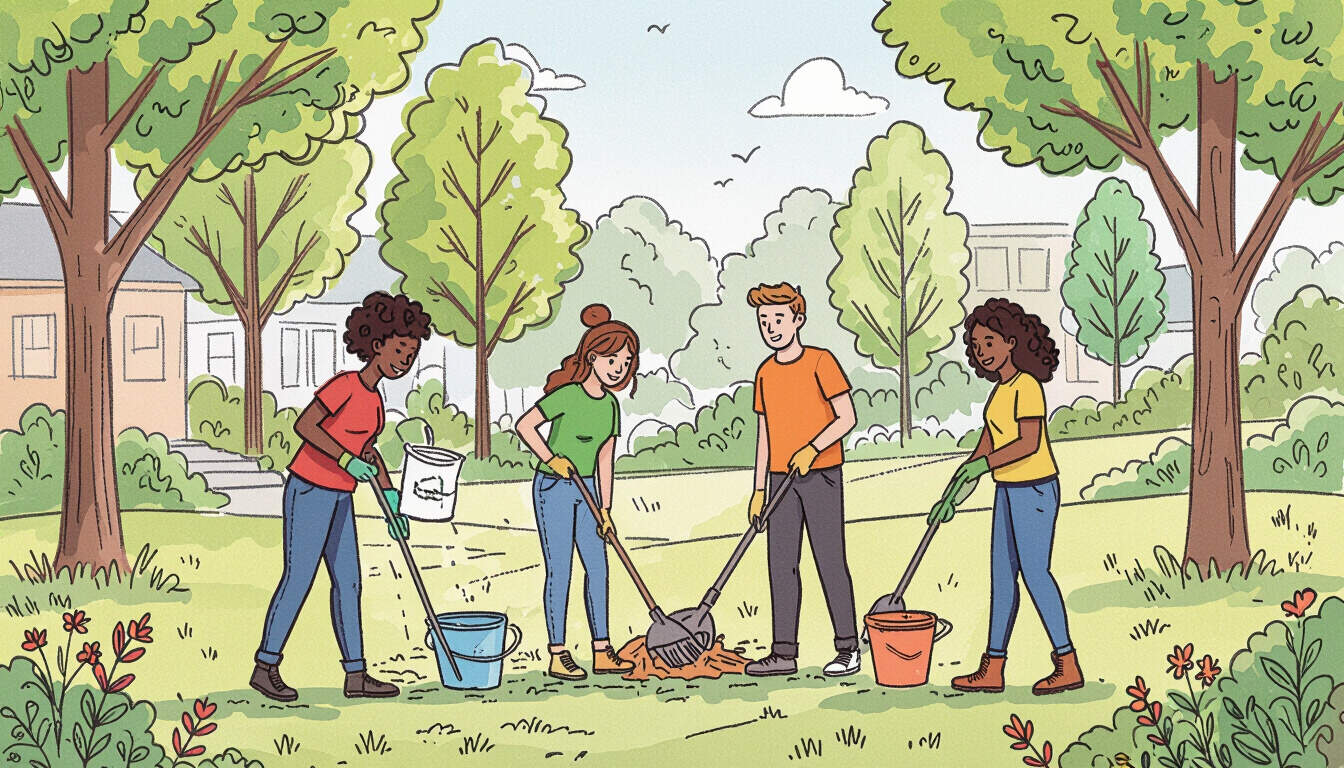Leveraging Community Cleanups as Guerrilla PR for Niche Markets
 by Marlene Keeling
by Marlene Keeling
Discover how community cleanups serve as effective guerrilla PR tactics for small businesses and entrepreneurs in niche markets. Learn practical steps to build brand visibility, foster community ties, and drive growth through innovative, low-cost strategies.

Community cleanups offer a fresh approach for small business owners and marketers aiming to stand out in niche markets. These events can turn everyday environmental efforts into powerful tools for brand promotion. By organizing a cleanup, entrepreneurs can create memorable experiences that resonate with local audiences.
One key benefit of community cleanups is their ability to build strong connections. For instance, a local coffee shop in a eco-focused neighborhood might host a cleanup to draw in customers who value sustainability. This strategy helps in forming lasting relationships that go beyond simple transactions.
To get started, plan the event carefully. First, select a specific location that aligns with your brand's identity, such as a park near your business. Gather essential supplies like gloves and bags, and invite participants through social media or email lists. Community cleanups like these require minimal investment but yield high visibility.
During the event, encourage interaction to maximize impact. Have volunteers wear branded t-shirts or hats to subtly promote your business. Share photos and stories on platforms to reach a wider audience. This method not only cleans up the area but also positions your brand as a community leader.
For niche markets, customization is crucial. A artisan craft store could tie a cleanup to their products, perhaps by using upcycled materials in displays. This creates a unique narrative that differentiates your business from competitors.
Steps to Implement a Successful Cleanup
Follow these straightforward steps to organize your own event:
- Choose a date and time that works for your target group, such as weekends for families.
- Partner with local organizations to expand reach and share resources.
- Promote the event in advance using simple flyers or online posts.
- Document the day with photos to share later, highlighting the positive changes.
- Follow up with participants to thank them and maintain engagement.
Measuring success is important. Track metrics like attendance numbers and social media engagement to gauge effectiveness. For example, if a bakery hosts a cleanup, they might see an increase in foot traffic afterward.
Innovation plays a big role in making these events stand out. Add fun elements like games or refreshments to keep energy high. A tech startup in a creative district could incorporate apps for tracking cleanup progress, turning the event into an interactive experience.
Challenges may arise, such as weather issues or low turnout. Prepare backups and focus on adaptability. The goal is to turn potential setbacks into opportunities for growth.
Real-world examples show the potential. A small bookstore organized a cleanup around a historic site, drawing in book lovers and boosting sales through event tie-ins. This approach helped them gain loyal followers without heavy advertising.
In niche markets, authenticity matters. Ensure your involvement feels genuine to avoid backlash. By aligning with community values, businesses can foster trust and loyalty.
Beyond immediate gains, these tactics contribute to long-term brand building. Regular cleanups can establish your business as a staple in the community, leading to sustained growth.
For entrepreneurs, the key is consistency. Schedule events periodically to keep momentum. Over time, guerrilla PR efforts like community cleanups can lead to organic word-of-mouth promotion.
Wrapping up, the simplicity of community cleanups makes them accessible for any small business. By focusing on genuine engagement and creativity, marketers can achieve remarkable results in niche markets.
